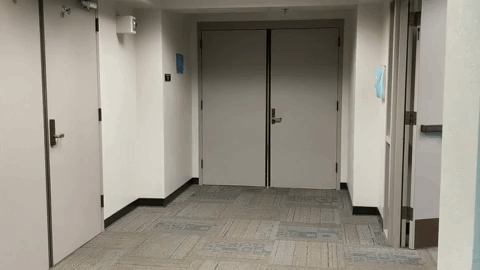
The Fleet Science Center will be closed on Saturday, April 26, for our annual gala fundraiser.

The count is 3 and 2. The ballgame is on the line when the pitcher throws a baseball that heads straight for the plate. At the last moment, just as the ball appears to pass through the strike zone, the ball veers to the side, fooling the batter as he whiffs and strikes out for the final out of the game. How did the pitcher throw this gravity-defying pitch? The ball's path altered mid-throw, as if the pitcher manipulated the ball on a string as it approached the batter.
This pitch, and similar maneuvers like those found in soccer, billiards and bowling, all rely on a science principal called the Magnus Effect.
Simply put, a ball or cylinder that spins exhibits interesting characteristics. Even a spinning cylinder can fly!
Make a cylinder with coffee cups:
Create a rubber band string: